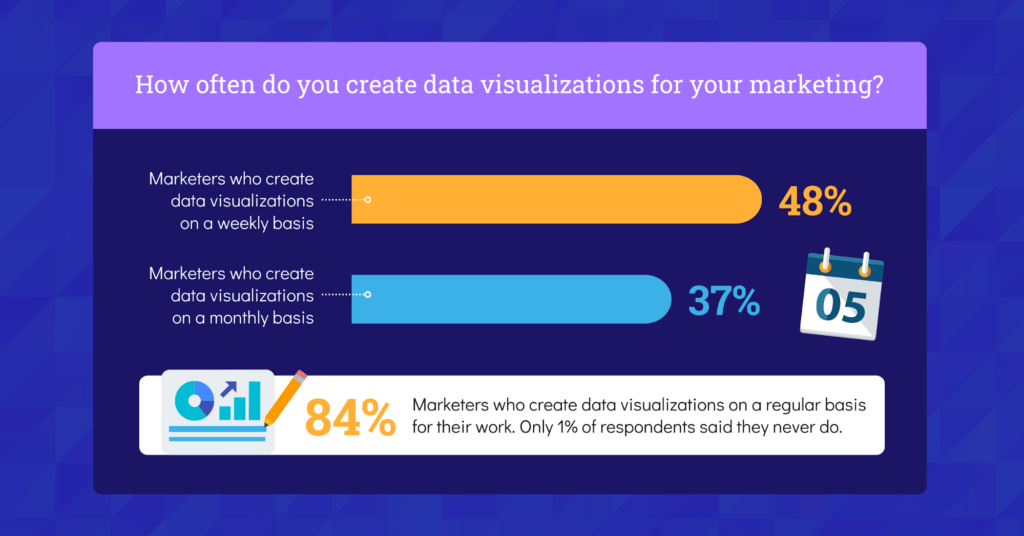Data-driven marketing is taking over the world—which is hardly a surprise considering the year we have had.
2020 was spent sharing a near-constant stream of data—some of it easier to understand than others. And that’s why marketing teams have had to adapt their storytelling methods.
The changes we see today are set to continue for the foreseeable future—we aren’t going to be rid of data-driven content very soon.
We are already seeing a rise in data visualizations—84 percent of marketers create visualizations regularly for their work, according to Venngage’s study on data storytelling.
This is because data on its own doesn’t always make sense. Plus, reams of numbers can be confusing and off-putting.
But does this uptick in visualizations mean marketers are confident with data-driven marketing? What do they need to do to close the data gaps in their field?
We explain what data-driven marketing strategies are all about and how marketers can reach the current benchmarks of the industry.
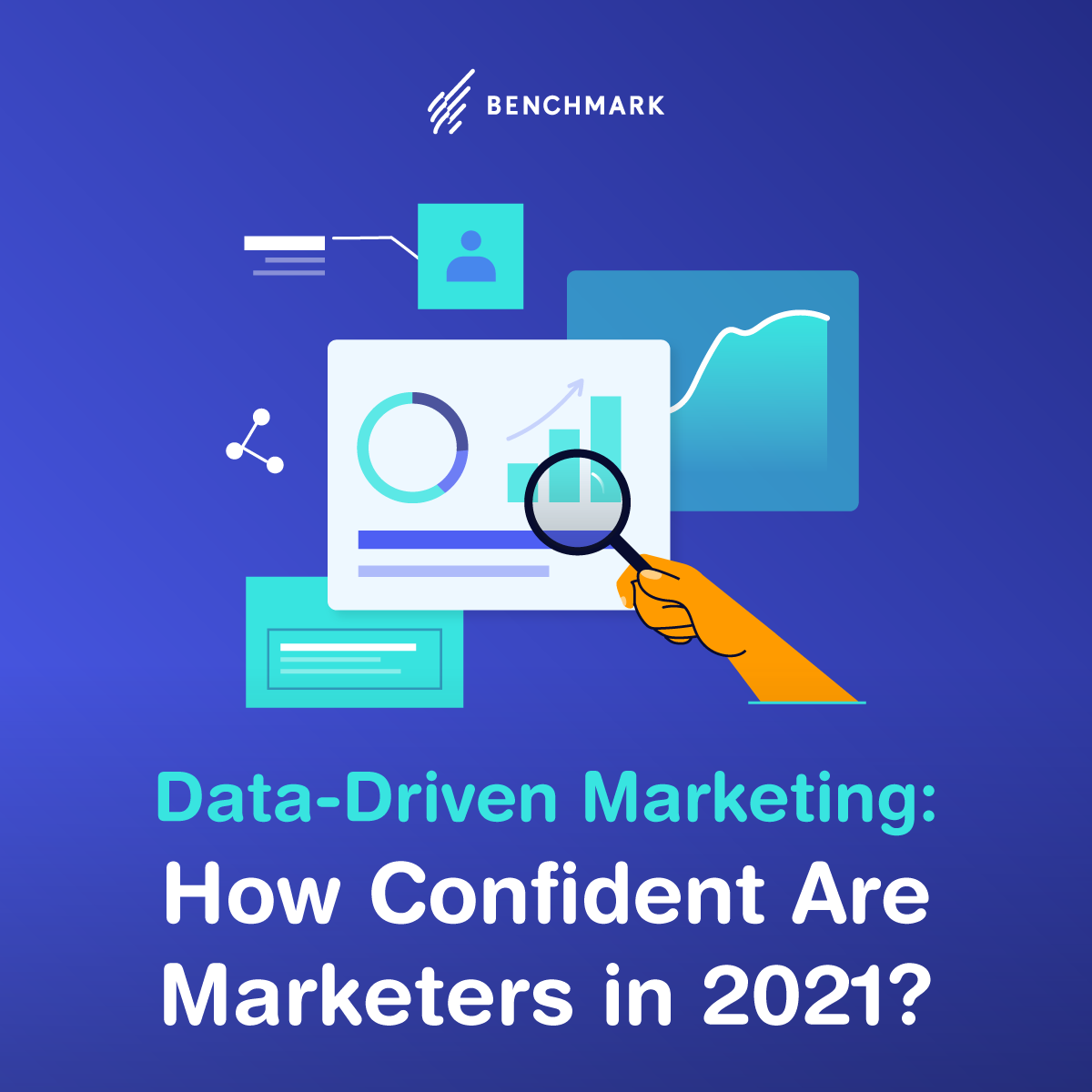
What is Data-Driven Marketing?
In simple terms, data-driven marketing is a subset of marketing where data is used to determine customer groups, distribution channels and to increase revenue generation methods.
To set up this process, data needs to be collected via numerous tools and techniques:
Using the data generated from these channels helps marketers reach their target market more effectively and improve customer experience.
What are the Benefits of a Data-Driven Marketing Strategy?
There are numerous benefits to creating a data-driven marketing strategy, which is why we’re seeing businesses invest more in it.
According to Venngage’s study, most marketers have a budget for data visualizations, while only 15 percent of marketers have no additional budget at all.
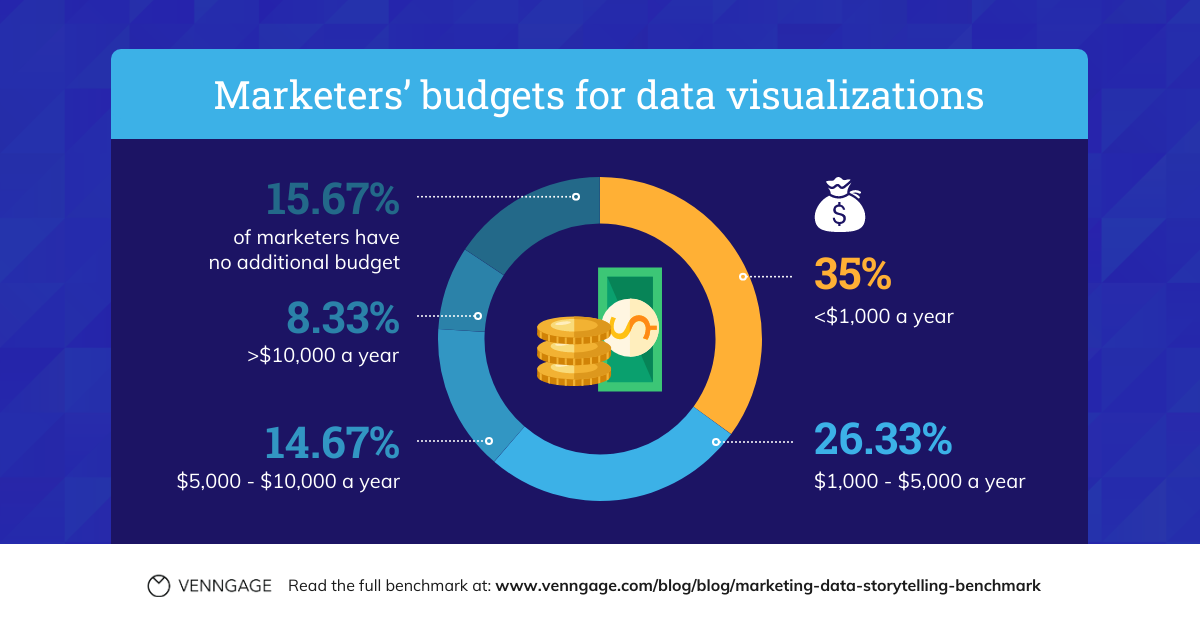
Here are the top benefits of a data-driven strategy:
1. Design Targeted Campaigns
By collating data from various sources, marketers can better understand their customers’ needs, pain points, and the solutions they’re looking for.
This makes it easier to design marketing campaigns that are targeted and will resonate with customers and facilitate purchase decisions.
Additionally, data helps define the best channels to reach customers and when, so marketing messages are always received and read.
2. Personalized Marketing
The old marketing adage of reaching as many people as possible no longer holds. Spreading yourself thin won’t help you attract more customers—it might lose real prospects.
Data will help marketers define the messaging that keeps customers happy, which will depend on where they are in their buyer journey.
If you look at this customer journey map, you can see how necessary data is to reach customers.
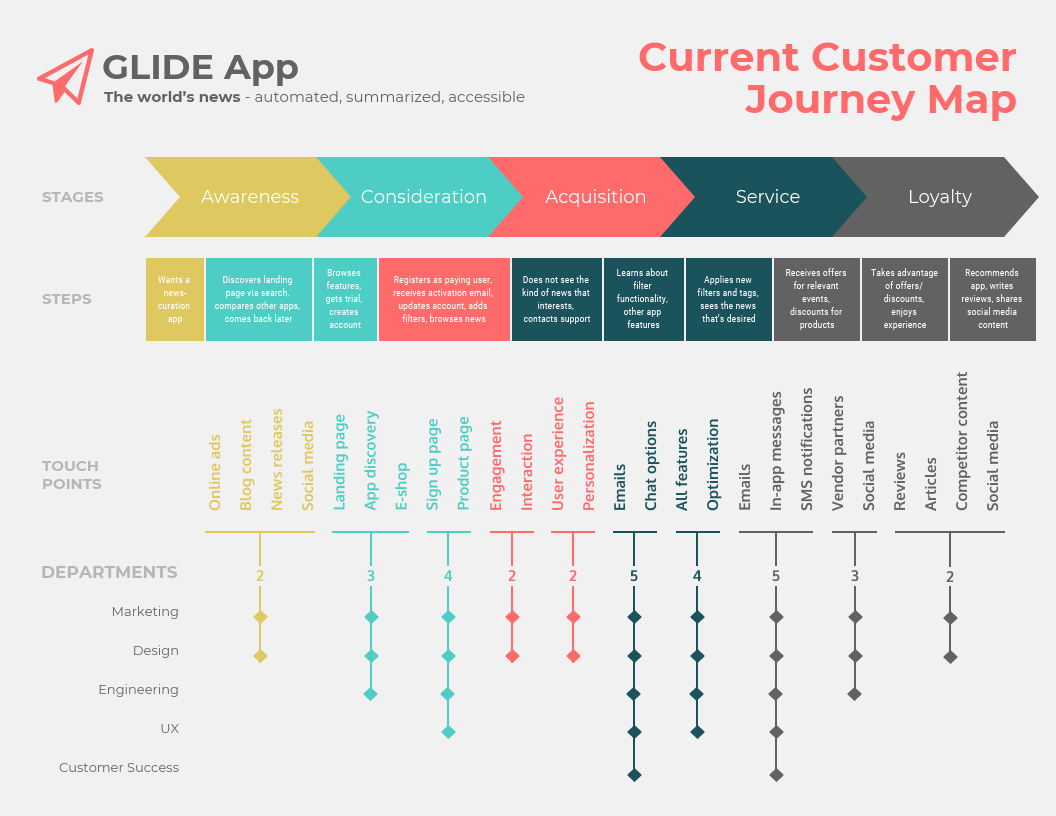
A prospect in the awareness stage needs more informative content to encourage them to move to the next stage.
On the other hand, for customers in the acquisition stage, more personalized content that addresses their immediate needs is required, alongside a positive customer experience.
That is why data is so important—it can take prospects through the buyer journey to become loyal customers.
3. Boosts ROI
A data-driven marketing strategy is essential for boosting ROI without too much effort.
Understanding what customers need helps brands develop products that specifically address customer pain points.
Data is a great way of finding out what product features would be most attractive to prospects. Marketers can highlight those features in their messaging to boost purchases.
But data is also useful for finding market gaps—to define where competitors are failing to penetrate the market or which sales channels should be better optimized.
These are all the ways that marketers can use data to increase their customer base and ROI.
How Confident are Marketers with Data-Driven Digital Marketing?
As we have seen, by analyzing customer data, brands can learn where their customers are, how to segment them, and what kind of targeted messaging to create.
There are plenty of benefits to data-driven digital marketing, but how confident do marketers feel about visualizing data? Venngage’s study shows interesting disparities across industries.
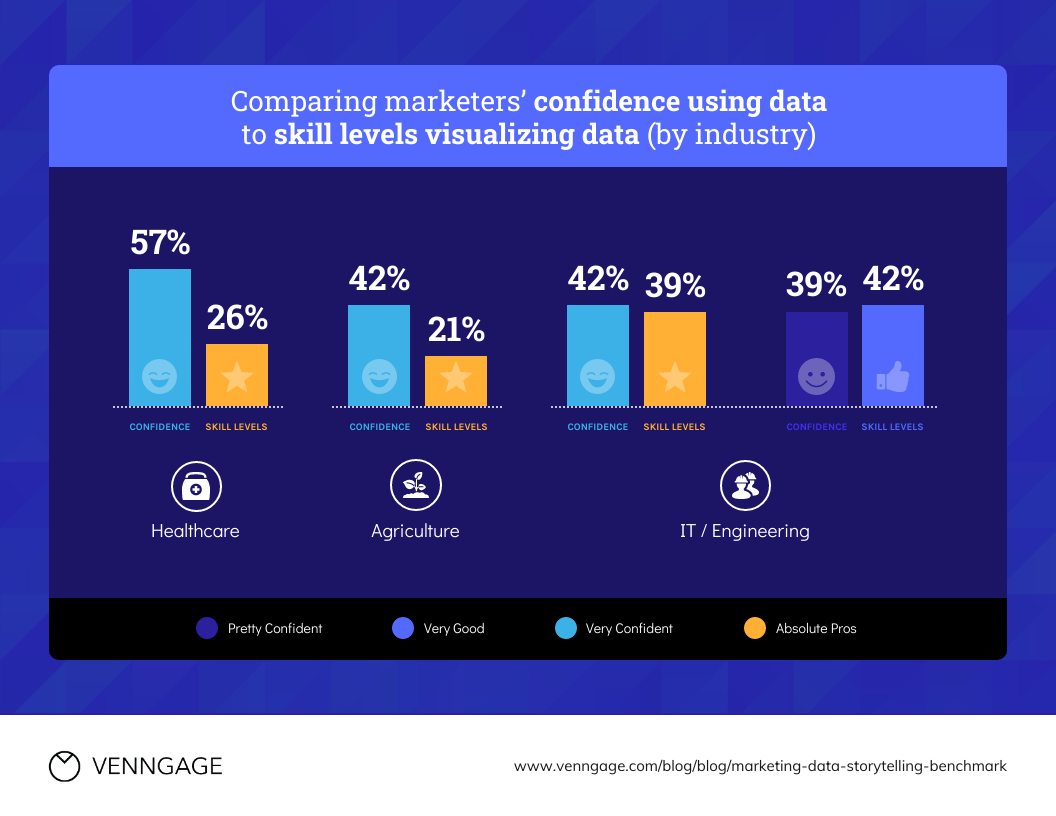
It isn’t surprising that the healthcare industry is more confident in this area—healthcare marketers create data visualizations more regularly than others.
As the graph shows, marketers seem more confident in their data visualizing abilities, sometimes disproportionately more than their skills in the field.
This might be because not all marketers design their visuals. Fifty-four percent of marketing teams surveyed weren’t in charge of design—in-house or freelance designers created them.
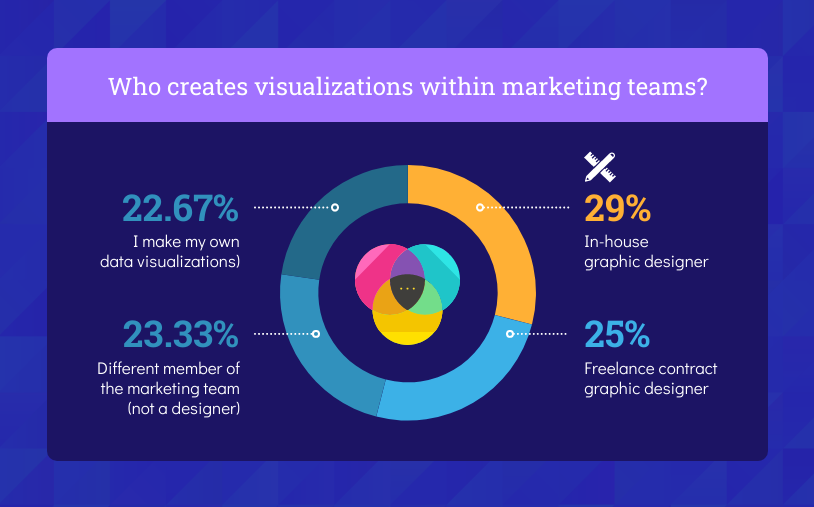
This is understandable because 32 percent of respondents only learned to utilize data storytelling for the first time in their current marketing position— though 51 percent had some prior knowledge.
With data storytelling being such an important part of marketing in 2021, how can marketers implement a strategy based on it?
How Can Marketers Implement a Data-Driven Strategy?
By now, you know what data-driven marketing is, why it’s important, and how confident marketers feel using data to reach customers.
But how can marketers implement a data-driven strategy to increase their sales and customer bases? We share five methods for marketers to use data to drive their 2021 strategy.
1. Focus Your Data Marketing on Sales Goals
There is so much data available, especially in the field of marketing. You can learn absolutely everything about a prospect. But not all data is relevant for your business.
The data you choose to analyze needs to be directly related to sales goals. If you aim to increase revenue by 30 percent, does that mean 30 percent more new customers are needed?
The 1:1 correlation might not be correct. An increase in new customers will boost revenue, but what if fewer customers making larger orders does the same job?
It isn’t just the kinds of data but how it corresponds to your growth strategy that impacts your strategy for the coming years.
2. Implement the Data-Driven Strategy Company-Wide
If only one team—such as the marketing team—uses data to drive company revenue, then the plan won’t be successful.
A data-driven strategy needs to be implemented top-down—from the C-Suite down to the newest interns.
How can a marketing team attract customers if the sales team isn’t sharing data with them? Both teams have to work together to reach the right prospects at the right time.
How will the company see growth if top executives don’t see the need for investing in data collection? The marketing team would have to collect data manually.
This is why strategies need to be considered across the board—that’s the only way data can be used to improve a company’s growth.
3. Define the Right Kind of Metrics for Your Brand
We know that not all data is relevant, so it’s important to find the right metrics for your brand. Focusing on the wrong data will lose the prospects a brand needs.
For instance, social media followers may be more important to one marketing team, while another will want to improve their social selling.
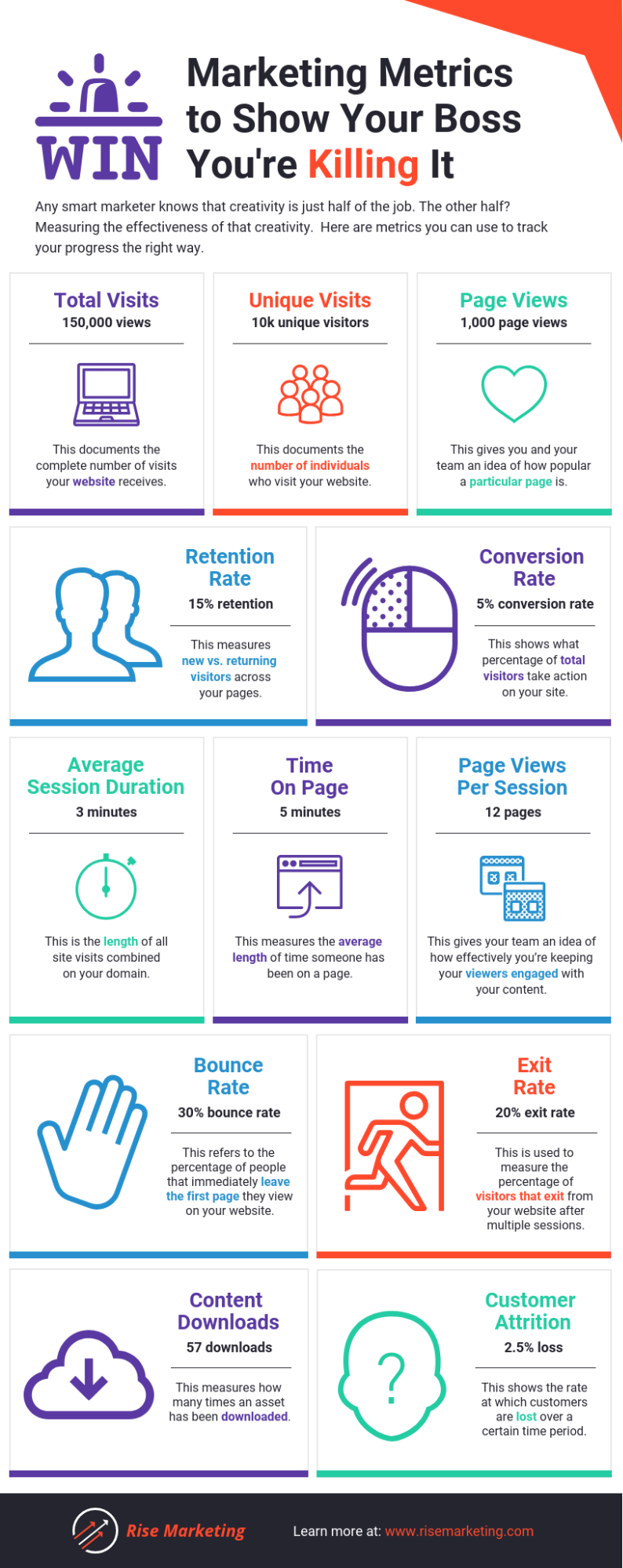
These are different kinds of metrics, and marketing teams need to decide which are more important to their overall marketing goals before beginning collection.
4. Let Your Data Tell a Story
What is the point of collecting data if it won’t tell a story? The data has to mean something to the people looking at it—otherwise, it’s just numbers that don’t have any connection.
That’s why designing data visualizations are so meaningful—they help readers see why the data is important and how to understand it.
Data storytelling helps readers understand what to do with the takeaways from the visualization.
Your data-driven strategy should be focused on telling a story—that’s what makes it valuable to the brand and customers.
5. Analyze Data Impact
You’ve collected data, and you’ve used it in your marketing strategy.
But is this plan working? Has the data you’ve collected and used made an impact on your business goals? Has it improved customer satisfaction and experience?
These are the kind of questions marketers have to ask themselves when they implement a new strategy.
Analysis must be a part of the process so brands can see where they need to improve and what has been working well.
Conclusion: Make Data-Driven Marketing a Priority in 2021
Data-driven marketing has become a key method of reaching audiences. According to current benchmarks, marketers are very keen on using data to communicate internally and externally.
But despite the amount of data being collected and implemented in strategies, marketers have varying degrees of confidence when it comes to using data to reach goals.
Demand for data storytelling is increasing exponentially, and we have shared some methods to implement a data-driven strategy that will help brands grow their revenue and customer bases.
Author Bio

Ronita Mohan is a content marketer at Venngage, the online infographic maker and design platform. Ronita regularly writes about marketing, design, and small businesses.
Twitter: @Venngage
